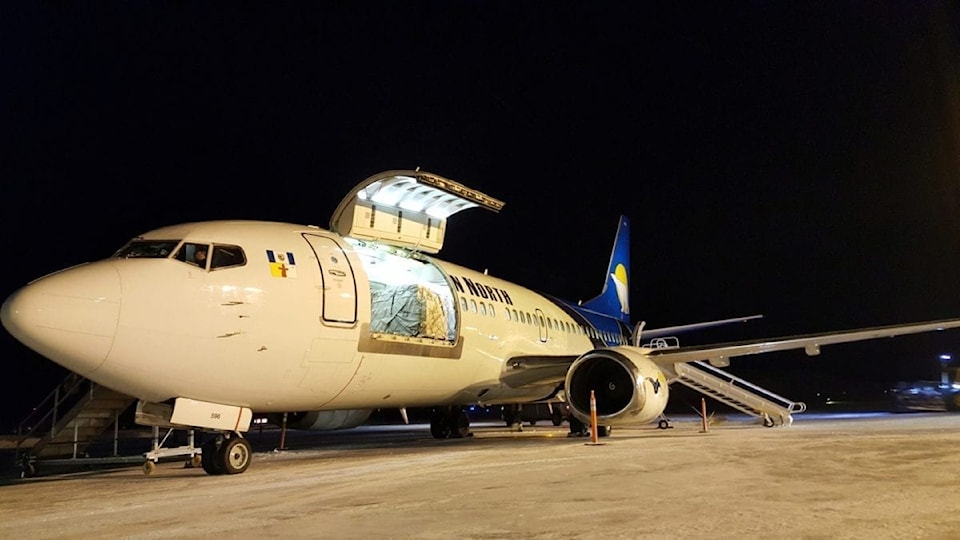No one envies the task of gathering up the necessary documents during tax season, but now territorial residents who flew south last year have one more piece of information they will have to hunt down themselves.
People who file their own taxes and who have received a Box 32 travel benefit from their employer -- and have lived in the territory for at least six months -- can qualify for a travel deduction.

“The taxpayer claims the lowest of three amounts: their Box 32 benefit; the actual travel expenses; (or) the ‘lowest return airfare',” said Andy Wong, a tax consultant in Yellowknife.
But the lowest return airfare can be a tricky concept for non-experts. For one thing, it's a misnomer, because it's usually not the cheapest price for a plane ticket.
The term was coined more than 30 years ago to denote the lowest full economy fare and was introduced to make sure customers wouldn't argue and ask for business fares, said Wong.
"Everybody should be confused by 'lowest return airfare'. That's the wording from the Income Tax Act,” said Wong.
Today, the term translates to “a hypothetical number,” he explained.
“The lowest return airfare is the amount you would have paid at the time of the trip. Let's say you're going on a holiday today to Cancun but you bought the ticket six or two months ago. It doesn't count for the lowest return airfare, because (the lowest fare) defined as the last minute ticket, which is the most expensive.”
Using the Cancun analogy, the other issue is that the taxpayer doing their own taxes probably doesn't know what the lowest return airfare is until they receive that information from the airline.
Major carriers like Air Canada or WestJet don't publicly release those numbers.
Historically in the North, First Air didn't post the numbers online, but Canadian North did.
That changed when the airlines merged last year and now the company no longer releases the schedules of lowest return airfares.
“We understand this represents a change for customers on the pre-merger Canadian North legacy side, this process ensures that we provide accurate information based on specific flight route,” said company spokesperson Dan Valin.
Taxpayers must email the airline at refunds@canadiannorth.com and ask for the numbers. The airline targets 48 business hours for its response time but it's “presently responding same day to most requests,” said Valin.
“I would say the current frustration exists only because of the change in the airline's policy of not making the information publicly available. I believe going forward for the 2020 tax year everybody will be firing off their emails (to the airline) earlier in the year."
Wong said the problem is the difficulty in getting the information.
"It's not the responsibility of the airlines. You can see why – the airlines are not an arm of Canada Revenue Agency. But airlines get a lot of calls about this so they should come up with something,” said Wong.
Over the last few years, some airlines such as Canadian North, First Air, Air North and Calm Air have made efforts to simplify the process of issuing the lowest return airfare numbers and have calculated the averages of annual last-minute fares, which the Canada Revenue Agency (CRA) has accepted as alternatives to the lowest return airfare.
The calculations are based on fares for flights on routes from Northern locales to Edmonton.
To help develop a simpler system for Northern airfare deductions, Wong and his firm Crowe MacKay LLP wrote up a proposal last April for the CRA.
They suggest the agency move towards a system similar to the Vacation Travel Assistance (VTA) entitlements for federal employees, which help reduce the costs of flights from 248 airports across the North.
Wong said their suggestion would mean more communities could be covered by the travel deduction, it would be accessible online and the new system would be fairer and clearer for taxpayers.
